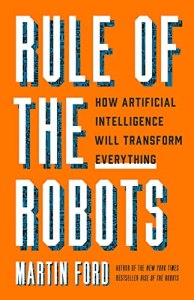Most of us count the golden age of Michael Jackson’s career with the Quincy Jones produced global smashes of Thriller and Bad. Fueled by the stream of videos and multi-single releases (5 on Bad), the records dominated the charts, radio, and MTV. But the real breakthrough came just before with Jackson’s first solo record Off the Wall.
Born in the thrall of the Disco Era, it wasn’t hip, a surrender to the feel of funk meets MGM. But in the mountains around Woodstock, we couldn’t pry this record off the turntable. Today, with a simple voice command to Siri, the mists evaporate and with them the pandemic, working, working, working day and night, the melting years. And the bass. My God but it drives us to Living Life off the wall.
Permission is what we’re given. We need it. No matter what lies in store for us, the grooves capture the essence of our future, unlock our hopes and dreams, our intuition. Can we dare to think this way, the blend of vocals, horns, percussion, and the coursing basses? A Stevie Wonder track recharges the battery. The record fades out quietly, priming the pump for Side One.
Today we lost a nightclub comedian, as Norm MacDonald called himself in a YouTube clip. Like the best of them, his comedy spooled out of him like a 50’s cop show, methodical and faux stupid. You could see his genius in the faces of the funny people who had him on their shows — Letterman, Leno, Conan, an agonizingly hilarious Dennis Miller on his foul-mouthed HBO cable show. Talk about off the wall.
Miller defined this most selfish of dark arts, the joy of being funnier in the presence of funny. In a time of excruciating not funny, these strange warriors tilt with the vagaries of the laugh. MacDonald’s careful construction of his sleight of word was all the richer for his seemingly aimless pursuit of the sweet spot, where the punchline is so McGuffin-like for its inevitability.
As the world slowly recovers its focus, Apple has released a new iPhone that can adjust reality after the fact, Knowing this feat is not possible to recover what and who we’ve lost, I’m so grateful for the time we’ve had with these greats and their great moments. When the traveler reached the top of the mountain and asked the wise man for the secret of life, he replied, “Could you give me a sec, I’m on the phone.”
the latest Gillmor Gang Newsletter
__________________
The Gillmor Gang — Frank Radice, Michael Markman, Keith Teare, Denis Pombriant, Brent Leary and Steve Gillmor. Recorded live Friday, August 27, 2021.
Produced and directed by Tina Chase Gillmor @tinagillmor
@fradice, @mickeleh, @denispombriant, @kteare, @brentleary, @stevegillmor, @gillmorgang
Subscribe to the new Gillmor Gang Newsletter and join the backchannel here on Telegram.
The Gillmor Gang on Facebook … and here’s our sister show G3 on Facebook.








